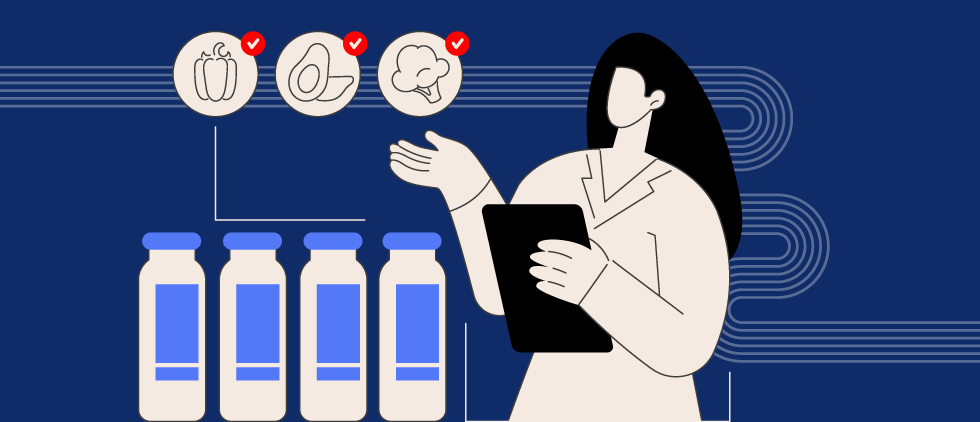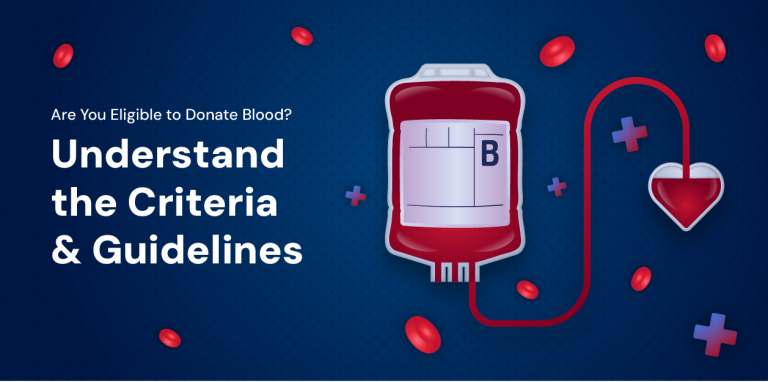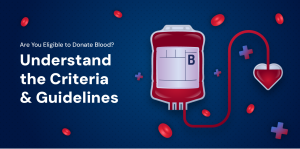Food labels are a source of nutritional information that helps the consumer choose a product based on its nutritional value. When trying to make healthy choices, understanding food labels is important for making informed decisions about what we consume.
Common features of food labels
- List of ingredients, which includes food additives and information for people with food allergies
- Nutrition information, which will be listed as energy, fat, protein, sugars and salt
- Percentage of each ingredient it contains so that one can compare it to other products
- Shelf life, including manufacturing date and expiration date
- Manufacturer Details
Healthy choices
When it comes to packed or processed foods, the term ‘healthy’ applies only if the food meets specific nutritional standards. To decode the nutritional information, some packed foods colour code the nutrition label, with red indicating high, amber means medium, and green means low amounts. This helps the consumer select the product that has an ingredient in the right proportions as a healthier option.
What ingredients should you avoid when selecting food products?
- Trans Fats: Processed foods such as baked foods, snacks, and fried products contain trans fats. When consumed in high amounts, these can increase the risk of type 2 diabetes and heart disorders as they elevate bad cholesterol (LDL) levels and decrease good cholesterol levels (HDL).
- Added Sugars: This is a major concern, often disguised under various names such as corn syrup, sucrose, dextrose, fructose, and maltose. Excessive sugar consumption causes obesity, Type II diabetes, inflammatory diseases such as heart disease, and certain types of cancer. Try for products with very low sugar content, ideally of not more than 5g daily value.
- Excessive Sodium: Research indicates that increased sodium consumption is an important cause of hypertension, which is a risk factor for heart disease, stroke and kidney disease. Avoid foods high in sodium, such as canned soups, frozen dinners, and salty snacks. Try to select products with 5% sodium as the daily value.
- Artificial Sweeteners: These are alternatives to sugar used to sweeten foods. Although low in calories, research suggests that they may disrupt gut bacteria, increase appetite and potentially lead to weight gain and metabolic issues.
- Sodium Nitrate and Nitrite: These are the preservatives that are used in processed meats, and sausages to enhance their colour and flavour. High intake of nitrites and nitrates has been linked with the risk of certain types of cancers.
- Monosodium Glutamate (MSG): Mainly used as an additive in canned food, crackers, meat, salad dressings, and frozen foods. MSG is known to enhance taste and provide a typical aroma. Though it has the value of enhancing taste, some people experience headaches and nausea and are also known to cause toxic effects on CNS and reproductive organs.
Being aware of certain ingredients and their impact on the body is essential for maintaining good health. Choosing a product with the right ingredients and the right proportion can significantly improve the diet and minimise the risk of developing chronic diseases.
-Content partner Happiest Health







